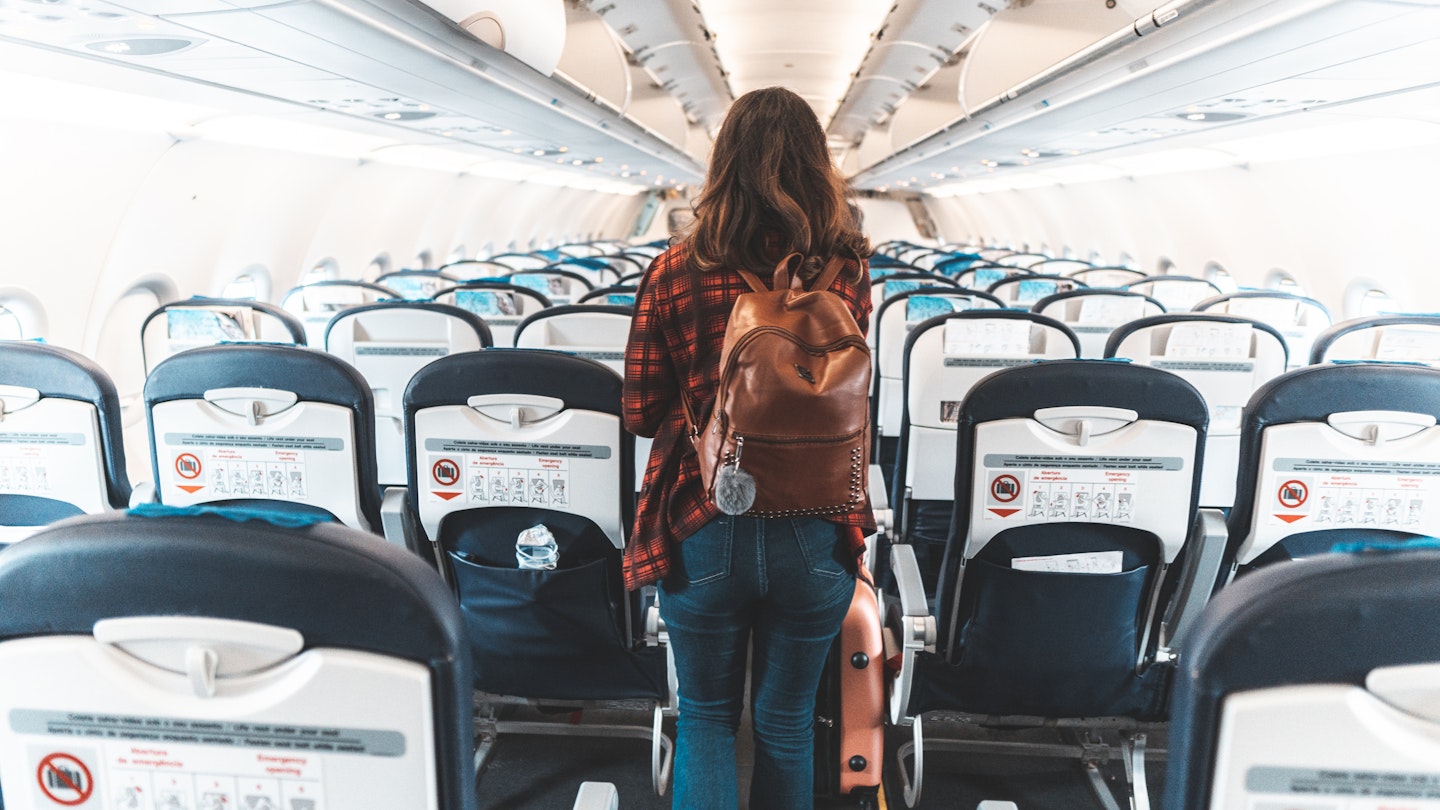The Future of Middle Seats in Aviation Post-COVID-19
Should airlines keep the middle seat free to help with physical distancing? That’s a significant question as the world anticipates its post-COVID-19 restart, raising complex considerations, as pointed out by aviation journalist John Walton.
As the world gradually reopens, airlines and the regulations governing them are focusing on the future of travel. Implementing effective safety measures is essential to ensuring passengers feel secure while flying.
Potential Impact on Ticket Prices
Within the aviation industry, there is an ongoing debate regarding whether middle seats should remain vacant. Concerns have arisen regarding the potential end of affordable travel, often viewed as an alarming scenario. However, this notion appears questionable. If middle seats are kept empty, airlines could reasonably adjust pricing by increasing the cost of the remaining seats by approximately 50%. Yet, this calculation solely pertains to seat prices.
Airfare consists of multiple components, including passenger transport costs, airport fees, tourist taxes, government charges (some related to environmental concerns), and fuel surcharges. Not all of these factors correlate directly to the number of passengers, as many fees are charged per traveler rather than per flight.
Consequently, flying fewer passengers may lead to reductions in cabin crew requirements and fuel consumption. The overarching question remains: is this the end of affordable flights? It is indeed difficult to foresee. Consider whether you’d still choose to fly if a €49 flight increased to €73.50. The complexity escalates when a €490 ticket rises to €735.
Health Considerations of Empty Middle Seats
The International Air Transport Association (IATA) has stated its support for the use of face masks by passengers and crew, though it does not advocate for mandatory social distancing measures that would leave middle seats vacant. This leads to a challenging discussion, particularly when reflecting on comments made by Ryanair CEO Michael O’Leary, who labeled the idea of blocking middle seats as “an idiotic idea that doesn’t achieve anything.” From a purely epidemiological standpoint, he could indeed be correct.
While neither O’Leary nor I possess the necessary medical qualifications to provide definitive answers, we can apply some logical reasoning. If droplet transmission of COVID-19 can be minimized at two meters (about six feet), then doubling the distance between individuals in close proximity likely offers some benefit.

However, significant questions still linger: What is the actual impact? What about passengers seated directly behind you or next to others? Historical instances, such as the Washington choir outbreak, demonstrate that infection can still spread even in seemingly safe settings. Additionally, how do efficient cabin airflow and advanced HEPA filters influence these transmission dynamics? Comparing the risks of being on a flight to the risks associated with traveling to and from airports, alongside the routine use of personal protective equipment, adds layers of complexity to this discussion.
On one hand, acquiring clear answers to these questions is crucial for assessing the efficacy of the empty middle-seat model in curtailing the virus’s spread. If alternative methods prove more effective, those strategies should perhaps be prioritized in efforts to enhance passenger safety.
Conversely, a compelling case can be made for the empty middle seat approach due to its visibility. This concept becomes a form of public health theater, emphasizing the need to reassure passengers regarding the safety measures being implemented. Properly executed actions, such as wearing masks, not only mitigate the likelihood of transmission but also visually convey a commitment to safety.
Thus, as travelers and regulators consider measures for returning to the skies, the essential questions should extend beyond “is this effective?” to include “does it reassure the public that we’re taking safety seriously?”




